Hi Laurens, the PULSEmini supports Native DSD playback as well as DoP up to 256.
The PULSEmini can read these DSD files across the network, so you can either place the DSD files onto a dedicated NAS (preferable), or if you want to keep them on the Windows laptop then you need to keep the DSD files within a shared/mounted network folder, which could be a bit more complicated to configure. Also, do keep in mind that if the laptop is running on WiFi then be fully prepared to potentially experience intermittent playback or dropouts in playback, as DSD files are very large and some networks will struggle with the transfer requirements.
An easier approach might be to move some of those files on to a USB drive, then plug that drive in to one of the rear USB ports of the PULSEmini and use Sense app to play these.
Do also note that Native DSD support on DACs can vary between Windows sources and Linux sources, so there is no guarantee of the Native compatibility as our devices use Linux. Do let us know your findings as it would be good for us to know if the AADAC is fully DSD compatible with our devices. If Native DSD does not work then DoP should be fine and would still support your DSD files up to 256 resolution.
If you become more interested in a better way to store these local files and maximise the best sound out of them, then it could be that one of the ZEN series with built-in storage is a better fit for what you need; it would bypass all the steps mentioned above, and the files themselves would integrate into the Sense app library unified with your Qobuz content. Further reading and I’m makes me tempted to consider Zenith MK2 or 3.

